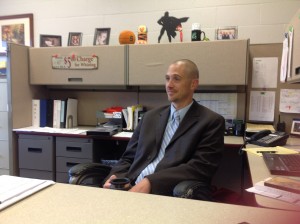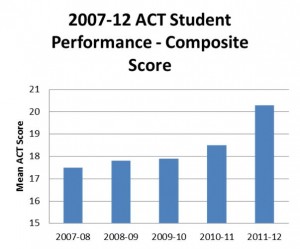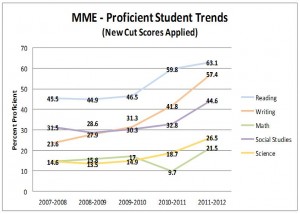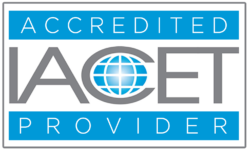It didn’t take administrators and teachers very long to realize that something needed to change when Grant High School was placed on the “persistently low-achieving” schools (PLA) list in 2010. The identity of a PLA school was not one that set well with then Superintendent, Scott Bogner.
As it turned out, being a PLA school was a good thing because the “designation” gave Grant High School an opportunity to apply for and receive a School Improvement Grant (SIG) to engage in comprehensive school transformation. It also provided teachers and administrators in Grant a sense of urgency. And transform, they did. Two years after being placed on the PLA list, Grant High School is on a new list. Grant High School received “rewards school” status in August 2012 and is currently in the 90th percentile in Michigan’s top to bottom list of schools. This list is based on high schools’ ACT scores and graduation rates.
How did this relatively small, rural high school with a significant Hispanic population, located 35 miles north of Grand Rapids, Michigan, achieve such extraordinary results in just two short years? How did this high school go from the bottom to the top of the school-ranking list?
Maxine Schneider, chair of the English Department states, “It is hard to say exactly what it was that made us successful…we did so many things, but I do know that we are now a learning-centered organization.” While Bruce Tacoma, a math teacher states, “One of the biggest things was collaboration. We have gleaned from one another ideas on how to be successful with our students.” Mark Brown, another math teacher, also noted that the teachers have now developed common assessments, interventions and celebrations for students, and use the Focused Instructional Model to identify, teach, and assess power/key standards.
Science teachers, Jonathon Allen and Cori Schoenborn also agreed that the identification of power standards and key vocabulary has been a factor in the success of their students. Teachers also acknowledge that moving from teaching facts and memorization to helping students engage in inquiry and reflection has led to increased student achievement.
Dan Simon, principal, believes it’s the results that are convincing and propelling them forward. “It’s tough to argue with the results. We changed so many things, after the first year the staff was very frustrated, but as time went on we worked through issues and focused on kids’ learning. The coaches, the PLCs were huge for us. Groups are really working together. The SIG grant provided funding for teachers to meet regularly and this has made a significant impact on our school culture.”
Mr. Simon describes the shift from isolation to collaboration: “We had always been kings and queens of our own castles…one person taught all sections of a given subject. The shift was from kings and queens to where we are now with common assessments, sharing ideas, and deep conversations around teaching and learning… I don’t think the transformation took any blood, but it definitely took sweat and tears.”
Grant also switched from tri-mesters to semesters to provide more time for remediation and reteaching. Teachers did not want to go a mile- wide and an inch deep. They also changed the master schedule so that now two educators teach each core course (two algebra I, two ninth- grade English, etc.) All agree that without staff members having an opportunity to plan and work together in PLCs, collaboration would not have happened. Teachers admit it was at first, like ‘we have to share to survive’ then it was ‘we share because we SHOULD share.’
Grant High School, with SIG funds, also sought the services of external coaches. The three coaches (leadership, literacy, and math) using Cognitive Coaching as a foundation, are credited with helping teachers consistently use data, and become self-directed learners. The goal of the coaches was to increase teacher efficacy and it is evident that they have succeeded.
And while Mr. Simon is quick to credit coaches and teachers for the success, he also notes that PLCs and collaboration is the way education is in Grant High School today.
There is a lot of finger-pointing going on in Grant High School. If you ask the principal who is responsible for their huge success in student achievement, he points to the teachers. When teachers are asked, they point to the team of onsite coaches, and when coaches are asked, they point to both the principal and the teachers!
So how will Grant High School maintain and continue its phenomenal success story? Dan Simon says, “ Just as Calvin Johnson of the NFL says, ‘We’re gonna continue to work on the fundamentals.’ At Grant High School we are going to succeed. We believe we are going to succeed. The other (failure) is not even an option, we don’t even consider it now.”
Note: Grant High School coaches, Mary Alice Krajenta, Blake Pratt, and Geralyn Myczkowiak are currently employees of the Institute for Excellence in Education, a non-profit organization and a SIG service provider, located in Mt. Pleasant, Michigan.





